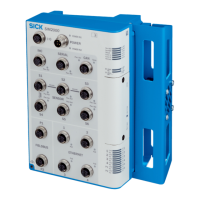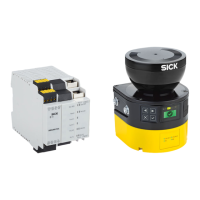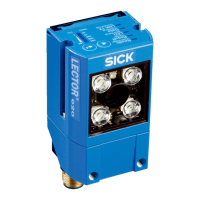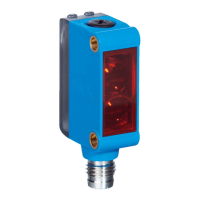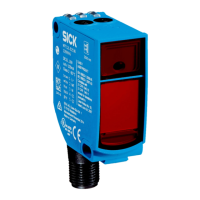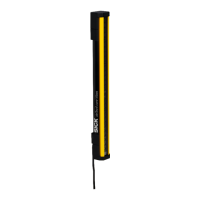To avoid electromagnetic interference as much as possible, a consistent earthing
me
thod is required for the entire system. In particular, the functional earth must be
connected using suitable conductors. Cables susceptible to interference and sources of
interference should be routed separately.
Electromagnetic interference depends on the environment in which the product is used.
The product is tested and certified according to common standards. It is therefore
reliable when used in industrial environments.
Shielded cables
F
or shielded cables, the shielding should be applied on both sides and over a large
area. Deviations are only permitted in exceptional and justified cases. Especially when
using motors or other inductive consumers, one-sided support of the shielding is not
sufficient because it does not act against inductive interferers.
Functional earth
T
he functional earth must be connected. The connection must be made in accordance
with the earthing method of the system.
Options for connecting the functional earth:
•
Thread on the M12 plug connector
•
Additionally via M5 threaded holes on the side and bottom of the housing
The functional earth must be connected with low inductance, i.e. with a sufficient wire
cross-section and the shortest possible length of cable.
Complementary information
A
dditional information on electromagnetic compatibility can be found in the technical
information EMC background information, part no. 8027030.
4.4.2 Voltage supply
Prerequisites
•
T
he power supply unit is able to jumper a brief power failure of 20ms as specified
in IEC60204-1.
•
The power supply unit provides safe isolation according to IEC61140 (SELV/PELV
as per IEC60204-1).
•
The electrical voltage supply has a suitable electrical fuse.
Further topics
•
"D
ata sheet", page 90
4.4.3 OSSDs
Overview
W
hen the protective field is clear, the OSSDs signal the ON state and the signal level is
HIGH (non-isolated). If there are objects in the protective field or there is a device fault,
the OSSDs signal the OFF state with the LOW signal level.
Downstream control elements must evaluate the output signals of the protective device
in such a way that the dangerous state of the machine is safely ended. Depending on
the safety concept, the signal is analyzed by safety relays or a safety controller, for
example.
The OSSDs are short-circuit proof against 24VDC and 0V.
4 P
ROJECT PLANNING
40
O P E R A T I N G I N S T R U C T I O N S | safeVisionary2 8025919/1I9E/2023-01-09 | SICK
Subject to change without notice
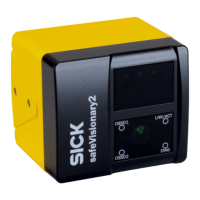
